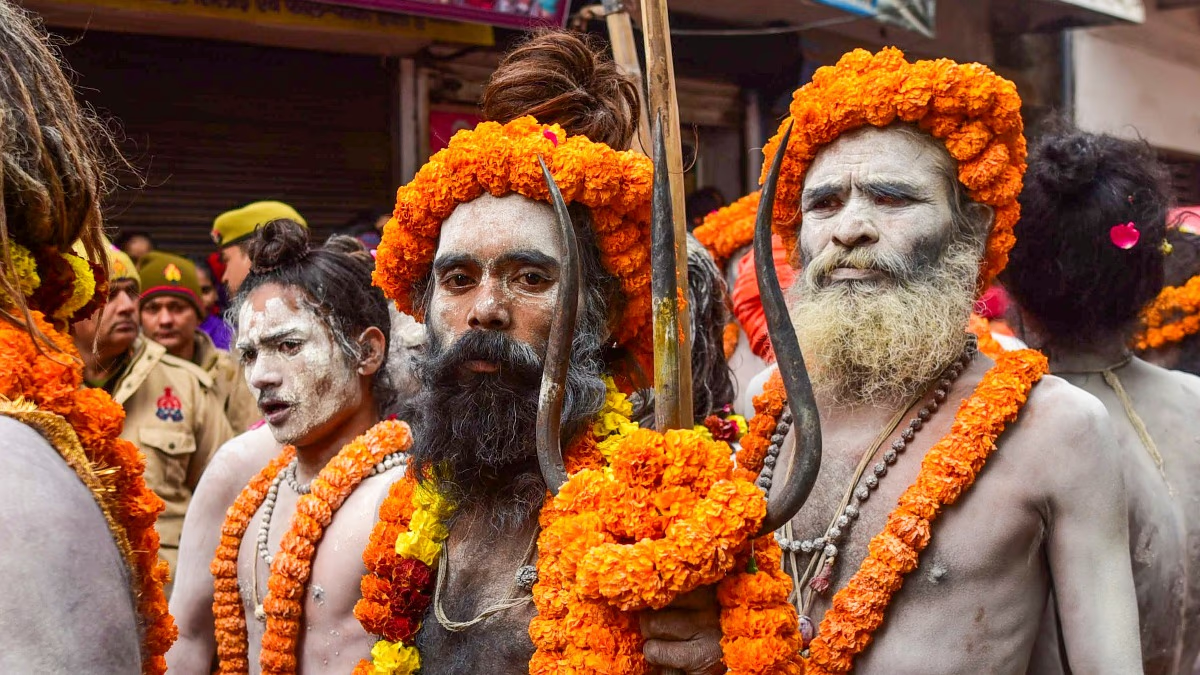The Delhi gearing up for the 2025 assembly elections appears so modern today, having evolved through numerous transformations. Its streets hide countless pages of history. Digging into its roots reveals layers of cities and cultures that unfold stories upon stories. This Delhi has witnessed the rule of sultans, the grandeur of the Mughals, and then, in 1911, the British moved their capital from Kolkata to Delhi. The story of establishing New Delhi is nothing short of remarkable.
Muzaffar Hanfi once penned a verse:
'No matter the lanes of Delhi, Without you, home won't feel like home...'
Delhi is indeed a city like no other. Whether for Indians on its soil or thousands of miles away, this city is ever proximate. Those in Delhi say 'our Delhi,' as do those in any other corner of India. The tales of Delhi being repeatedly deserted and then inhabited again have crafted a culture here that's unparalleled worldwide.
During the medieval era, the Delhi that developed under sultanates and Mughals could be termed the Delhi of Forts. The gates of these forts faced outward, with most named directionally, like Badaun, Ajmer, Lahore, and Kashmir, indicating major cities. Similarly, wholesale markets built outside the city walls continued to exist, retaining names like Rakab Ganj, Malka Ganj, Paharganj, and Sabzi Mandi.
The British arrival marked the fading of Mughal recognition, as they shifted the capital from Kolkata to Delhi, laying New Delhi's foundations.

Source: aajtak
The question of how the British capital shifted to Delhi lingers with all. It was indeed during the third Durbar in 1911, convened in Delhi, that British Emperor George V proclaimed Delhi as the capital. It’s believed that due to the 1857 rebellion, British rulers felt that establishing a centrally located city instead of the eastern city of Kolkata would strengthen their hold over India.
Thus, George V declared Delhi the capital and laid the foundation stone for New Delhi at the Coronation Park of Kingsway Camp. The entire British administration was transferred from Kolkata to Delhi at a cost of approximately four hundred thousand British pounds. Employees were relocated from places like Madras and the Kolkata Presidency.
Upon completing New Delhi's construction, Viceroy Lord Irwin inaugurated it on February 13, 1931. Two English architects, Herbert Baker and Edwin Lutyens, designed and planned the city. After the plan's approval, contractor Sobha Singh was entrusted with building the city's structures, with various contractors assigned different construction tasks.

Source: aajtak
The first secretariats were established in the capital, followed by a network of roads. The government encouraged people to purchase land and construct buildings, yet hesitance prevailed. People came to New Delhi's offices to work but returned to their homes in Old Delhi. The areas were mostly jungles, including Raisina, Paharganj, and Malcha.
To validate their empire, the British named New Delhi’s roads after former Indian rulers like Ashoka, Prithviraj, Firoz Shah, Tughlak, Akbar, and Aurangzeb. The Raja of Jaipur gifted lands to the British for New Delhi, leading to roads named after the Kachwaha lineage's Raja Man Singh and Jai Singh.

Source: aajtak
Stories of freshly built capital Delhi from the 1930s are detailed in Rajendra Lal Handa's book. It reveals the narratives of how areas in Delhi came about, got their names, and forged new identities.
Handa writes:
'A decade ago, if someone asked about Delhi’s geographical boundaries, we could describe it as a city bordered by Timarpur in the north, Safdarjung in the south, Shadipur in the west, and Shahdara in the east. Telling a geography student in 1950 the same would make them chuckle. Timarpur, Safdarjung, Shadipur, and Shahdara became integral to Delhi. Truly, it wouldn't be an exaggeration to say, 'Delhi is a city where the north, west, east, and south, all directions are Delhi.'
Handa continues:
'In Mahabharat times known as Indraprastha, Delhi was razed and rebuilt seven times under Muslim rule, the seventh being today's Old Delhi. Then New Delhi, the eighth Delhi, was built. Nature bestowed Delhi with immense blessings. Despite being plains, it features a mountain range enhancing its natural beauty. The British named this range the Ridge, a name still prevalent, around which New Delhi was developed.
Today, in 1941, Delhi is burgeoning with diversity. Between Pusa Road and New Delhi was dense jungle and a stream, the Ridge extending to Tughlakabad. It was called Khuni Nala, where a refugee settlement now houses over 20,000 people. A similar transformation occurred near Bugel, opposite Safdarjung, in barren land filled with thorny bushes and wild trees. What once lay deserted, stretching from Safdarjung to Nizamuddin, has become New Delhi's largest settlement, featuring 4,500 charming homes and approximately 600 shops. This settlement's population exceeds 25,000. Friends labeled this Lodi Colony as India's largest cantonment.

Source: aajtak
Meanwhile, at Chandni Chowk's end, opposite Diwan Hall, there was a lush park four years ago. People used to unwind on its green grass after shop hours in the evening, with loved ones, or to let their children fly kites during the day. In the mornings, women traveling to and from the Yamuna would rest for a few moments here.
Today, this park has been transformed into a bustling market, selling everything from imported fabrics to aged vases and ceramic cups. With 1,600 shops, the market seemed to eclipse Chandni Chowk temporarily. Similar smaller settlements sprang up, with plans for another 4,000 shops and residences. Delhi's old walls were dismantled to extend up to the Delhi Gate for this expansion. The field, called Ramlila Ground, only came alive during exhibitions or annually during Dussehra.
These massive transformations in Delhi - from sliced hills, cleared jungles, to settlements in once-desolate places, scientific advancements replacing petty robbery haunts with labs - tell a tale of a city that settled and evolved continually.
Excluding NCR areas, Delhi itself now approximates a population nearing two million. However, Delhi wasn't always so densely populated. Its population grew with time, alongside adjoining NCR. In 1911, when the British established the city, the population was 400,000. The original inhabitants of Delhi were considered those from villages already within Delhi's boundaries. Many residing in Old Delhi hailed from other states.

Source: aajtak
Old Delhi is a testament to Mughal creation with its distinctive culture, contrasting with Lutyens’ Delhi, the English-constructed VIP area housing the Prime Minister, key leaders, and Cabinet ministers. Nearby are localities like Tilak Nagar, Mukherjee Nagar, Rajendra Nagar, Patel Nagar, Punjabi Bagh, and Lajpat Nagar that became home to refugees from Pakistan.
Eastern Delhi, especially across the Yamuna, represents a different hue, known as the Delhi settled by migrants from Eastern India. Furthermore, an area made up of 340 villages, though gradually engulfed by urban culture, showcases the narrative of original Delhi inhabitants, including outer Delhi. Post-partition, Punjabis dominated the region, followed by changes due to migration after the 1982 Asian Games, significantly altering demographics. These countless stories speak of Delhi within Delhi, cities sheltered within cities, and cultures intricately nestled within cultures.




